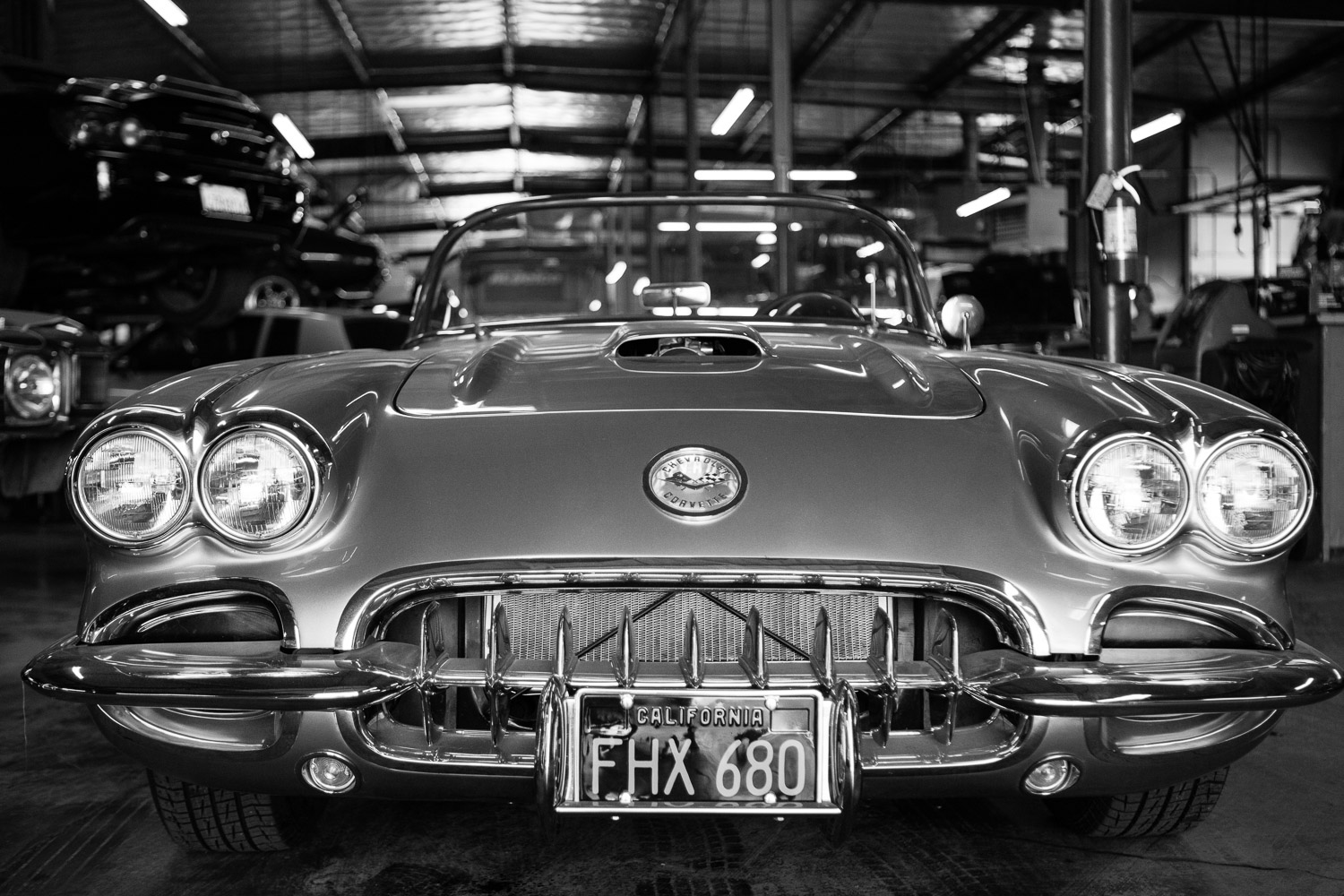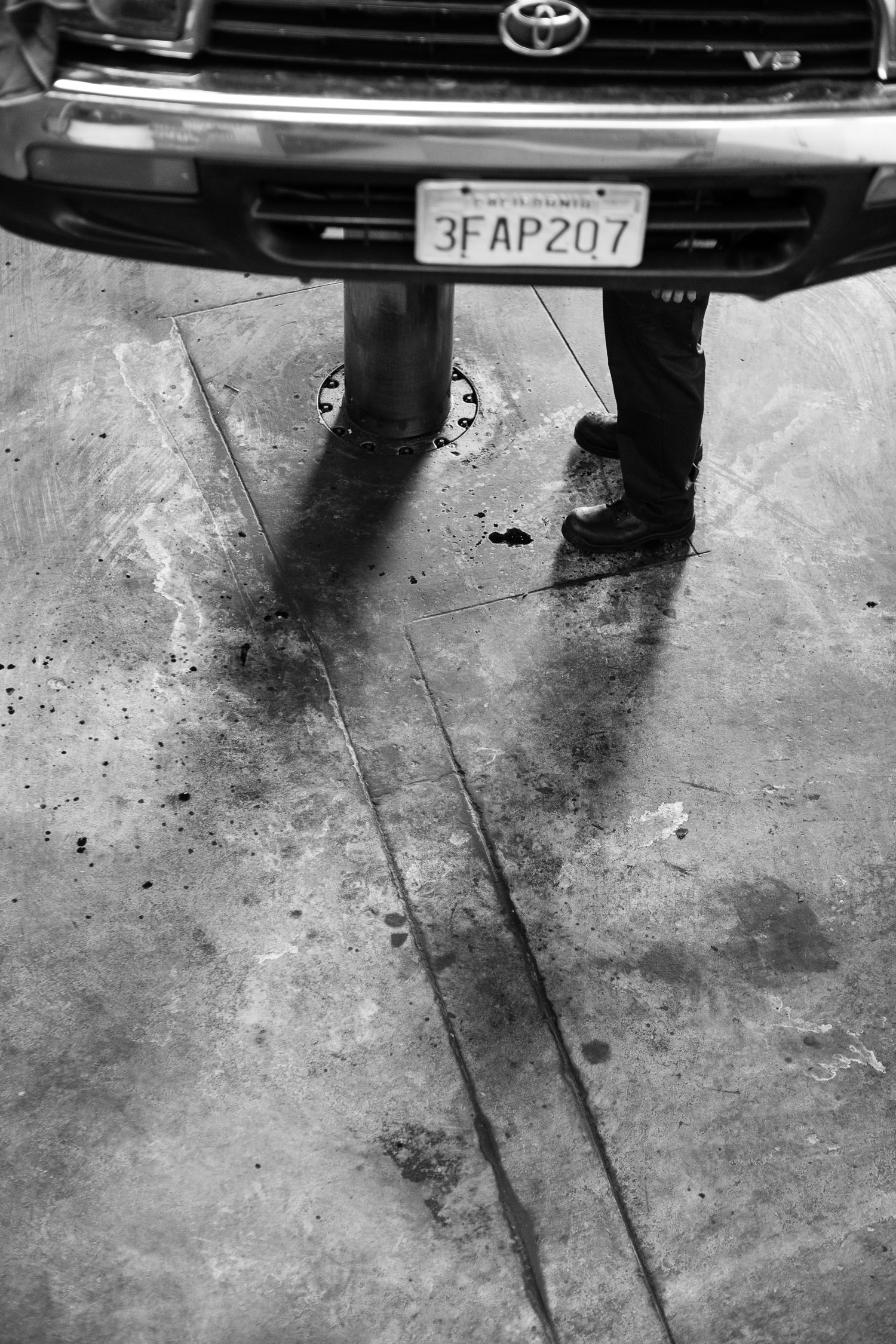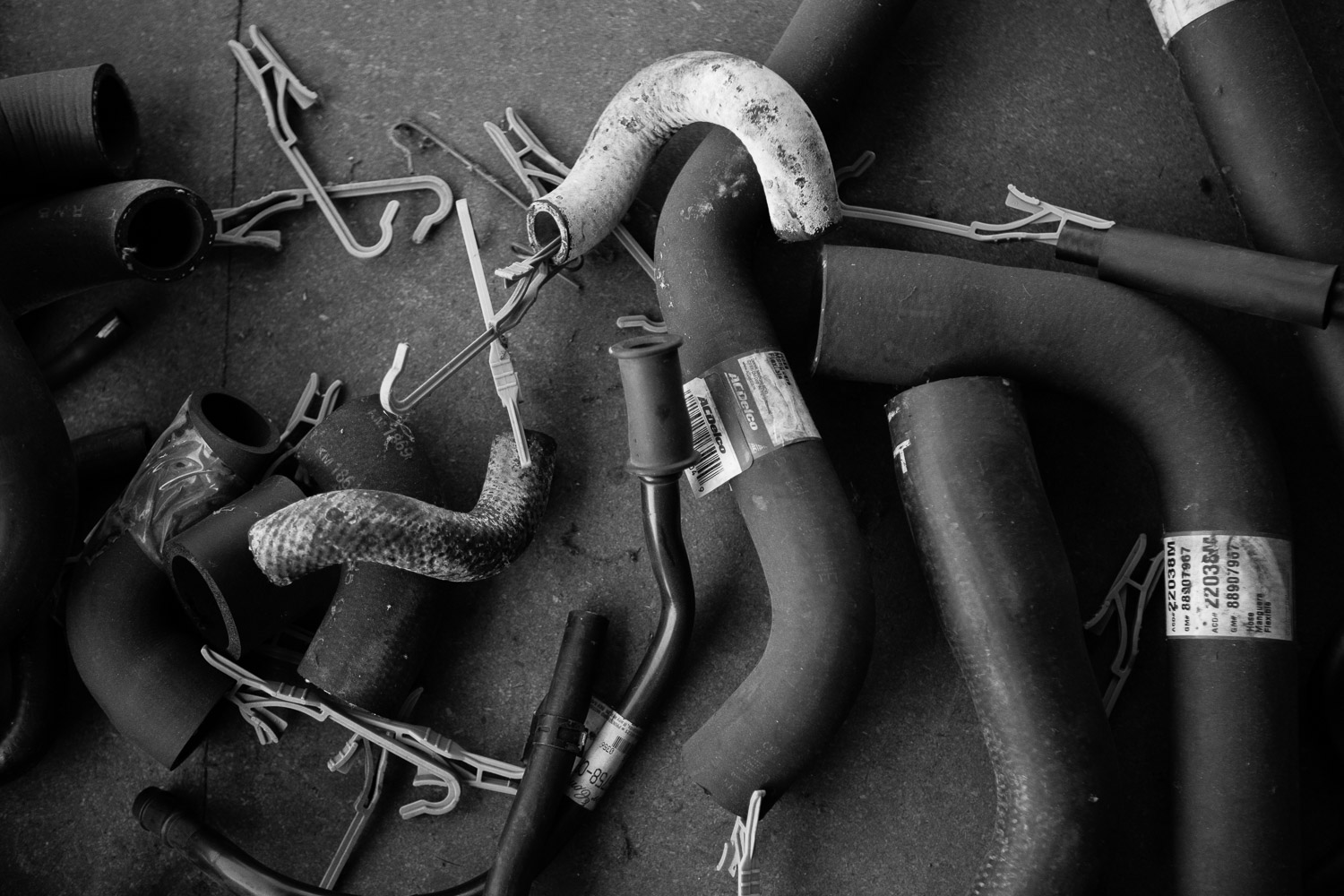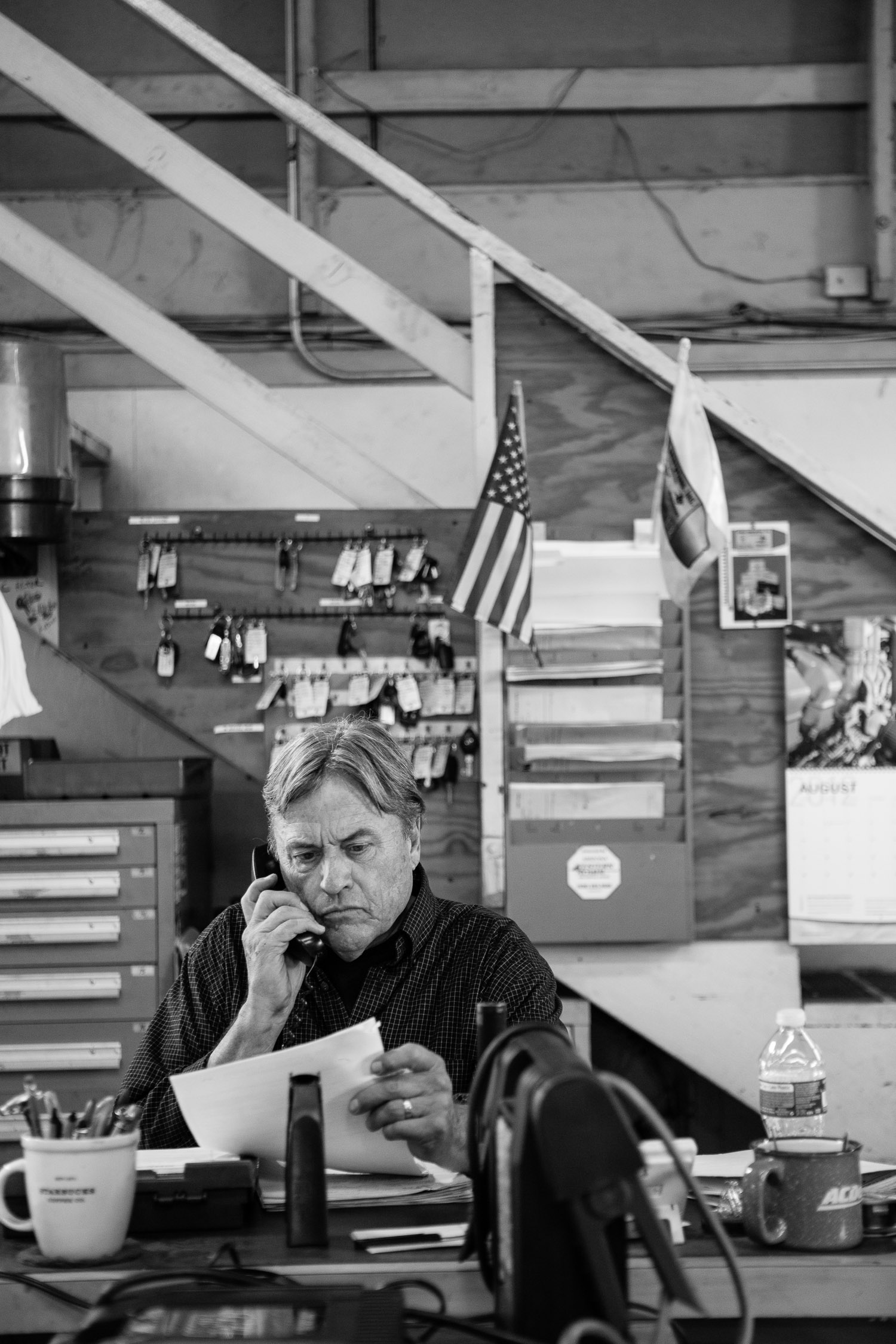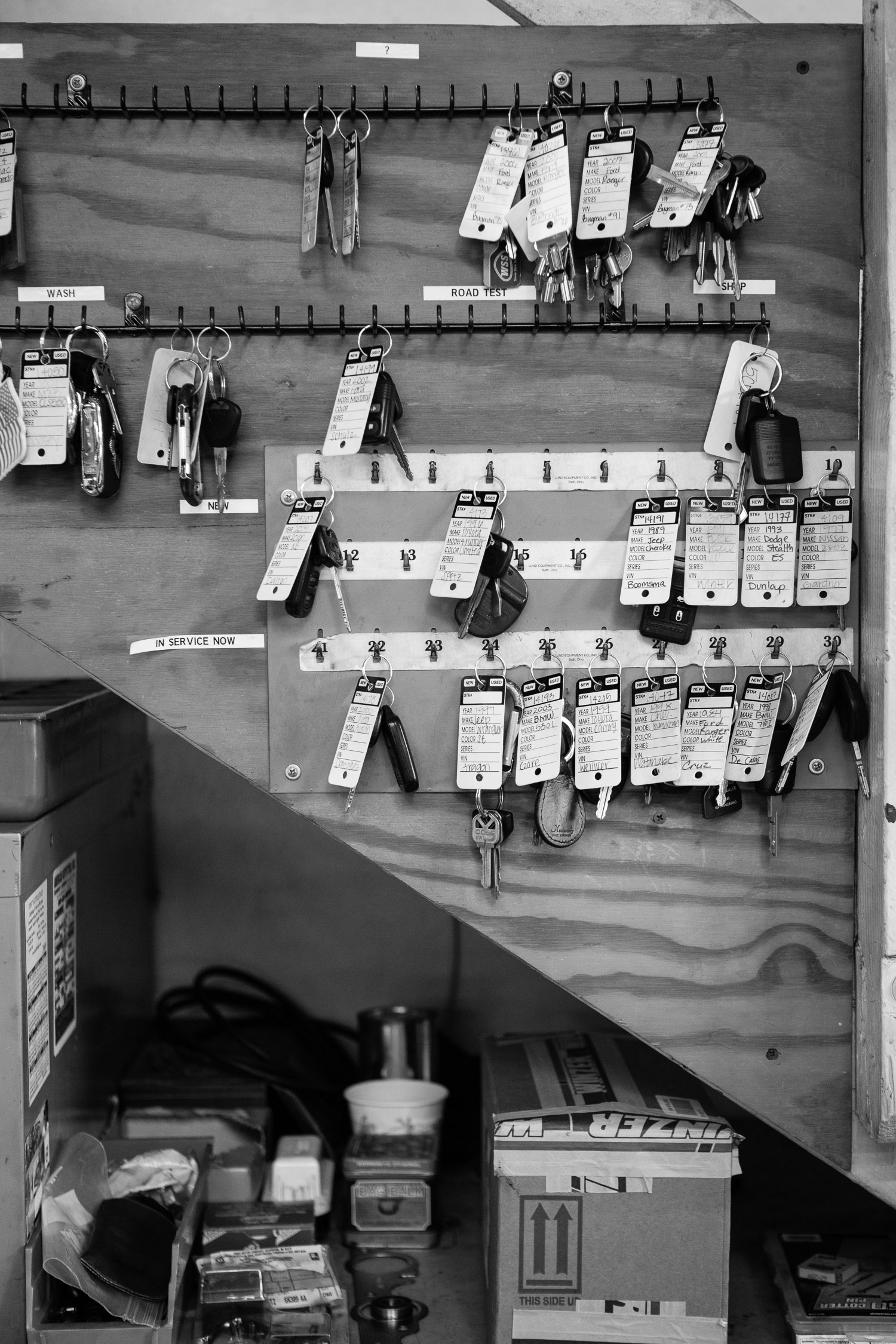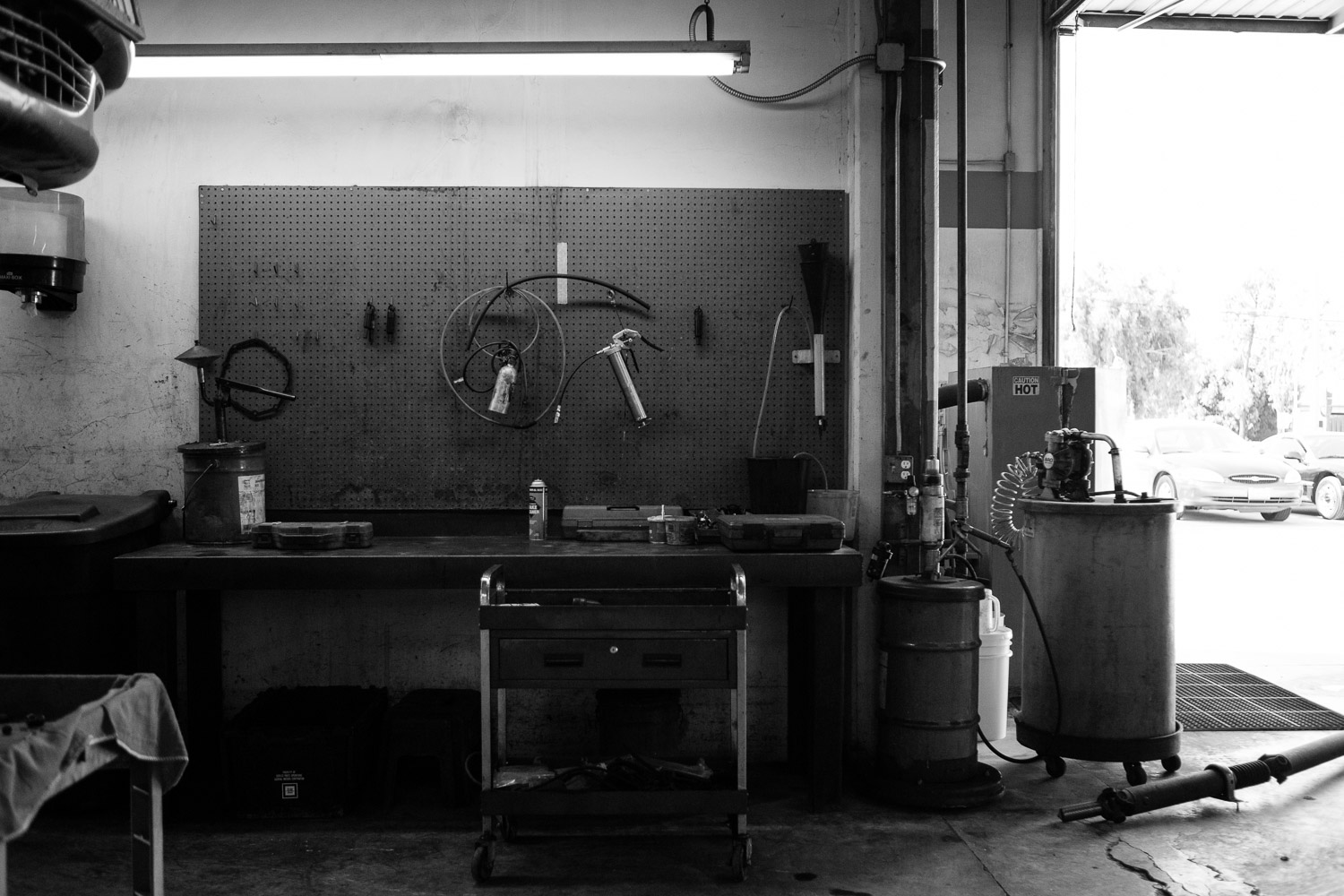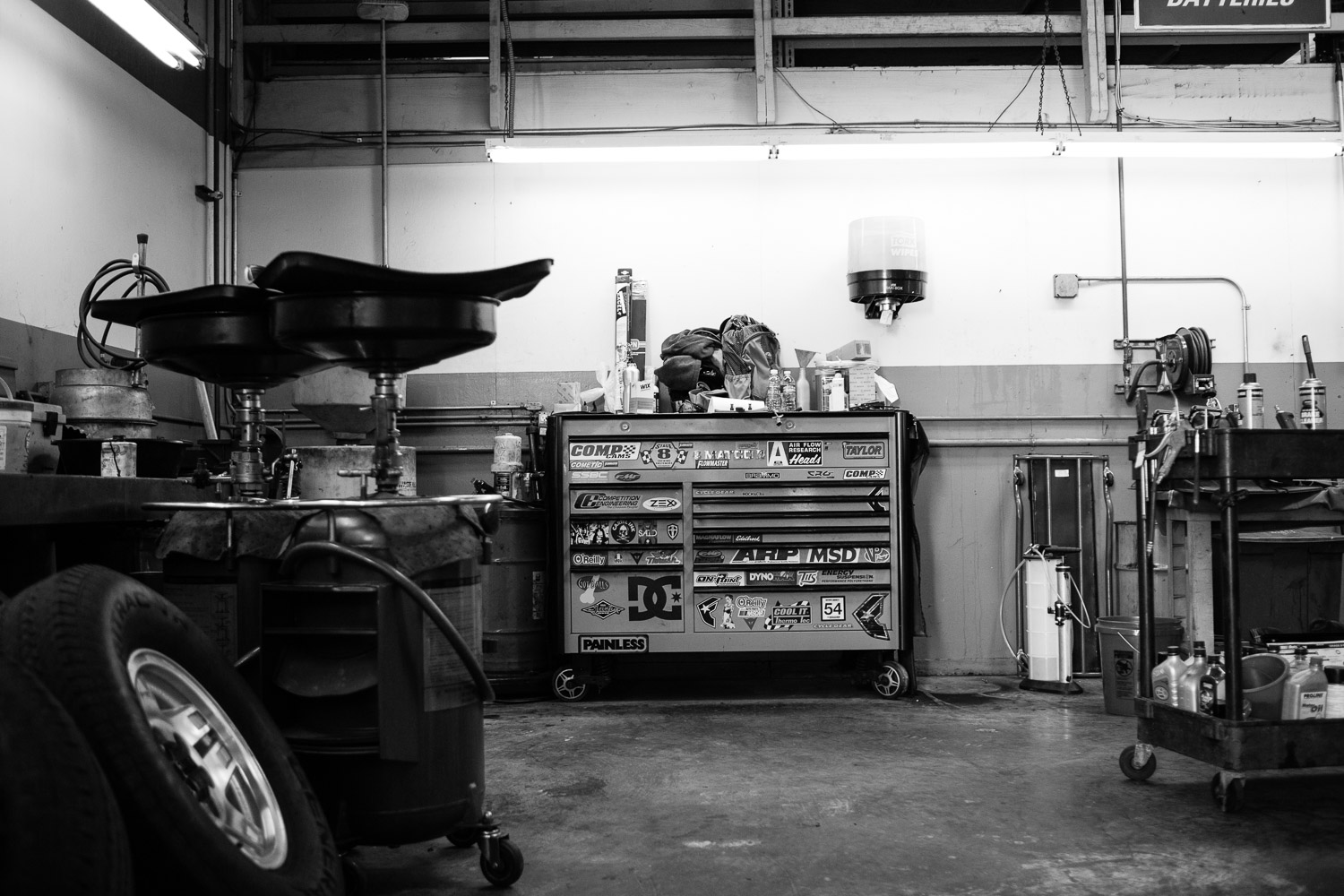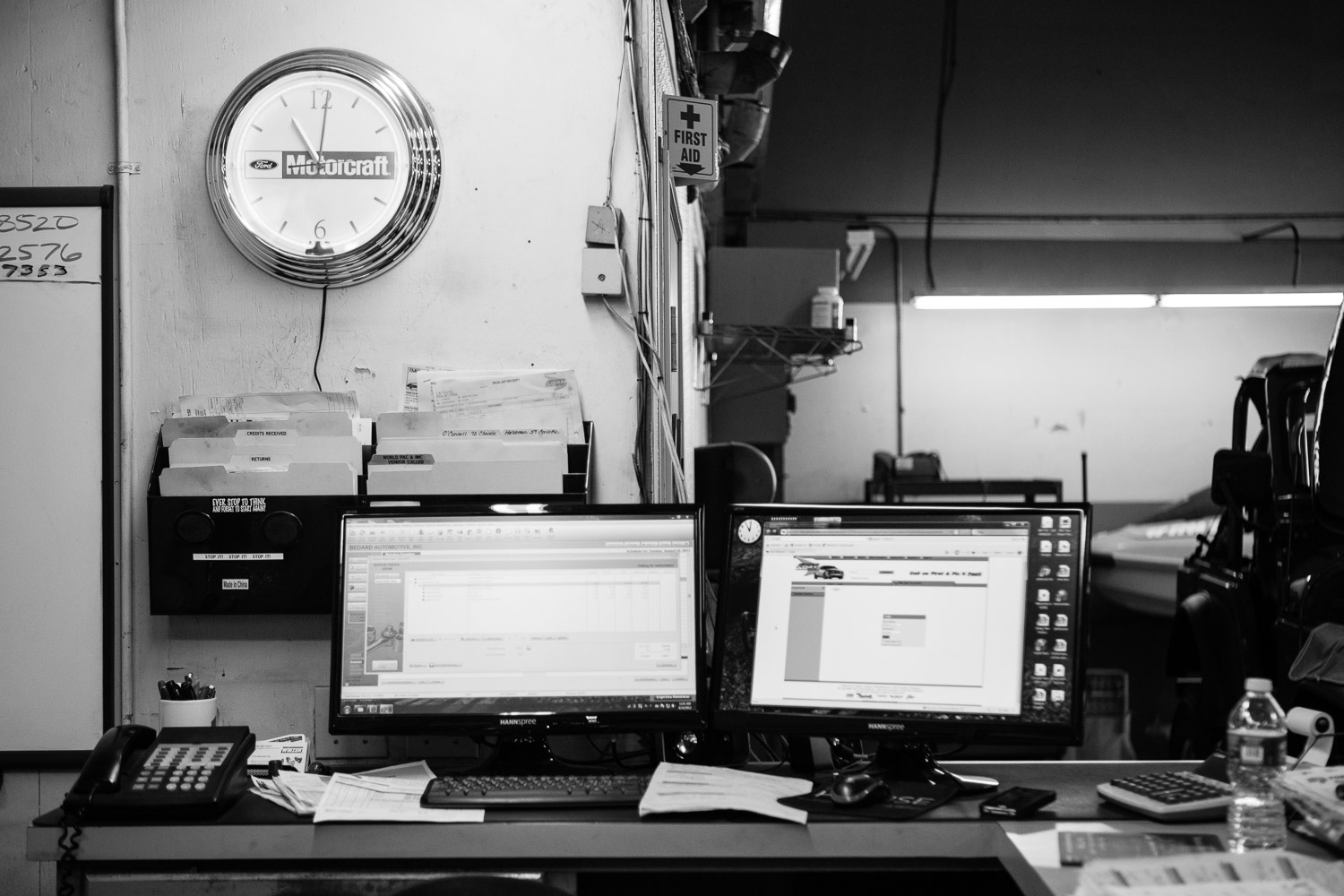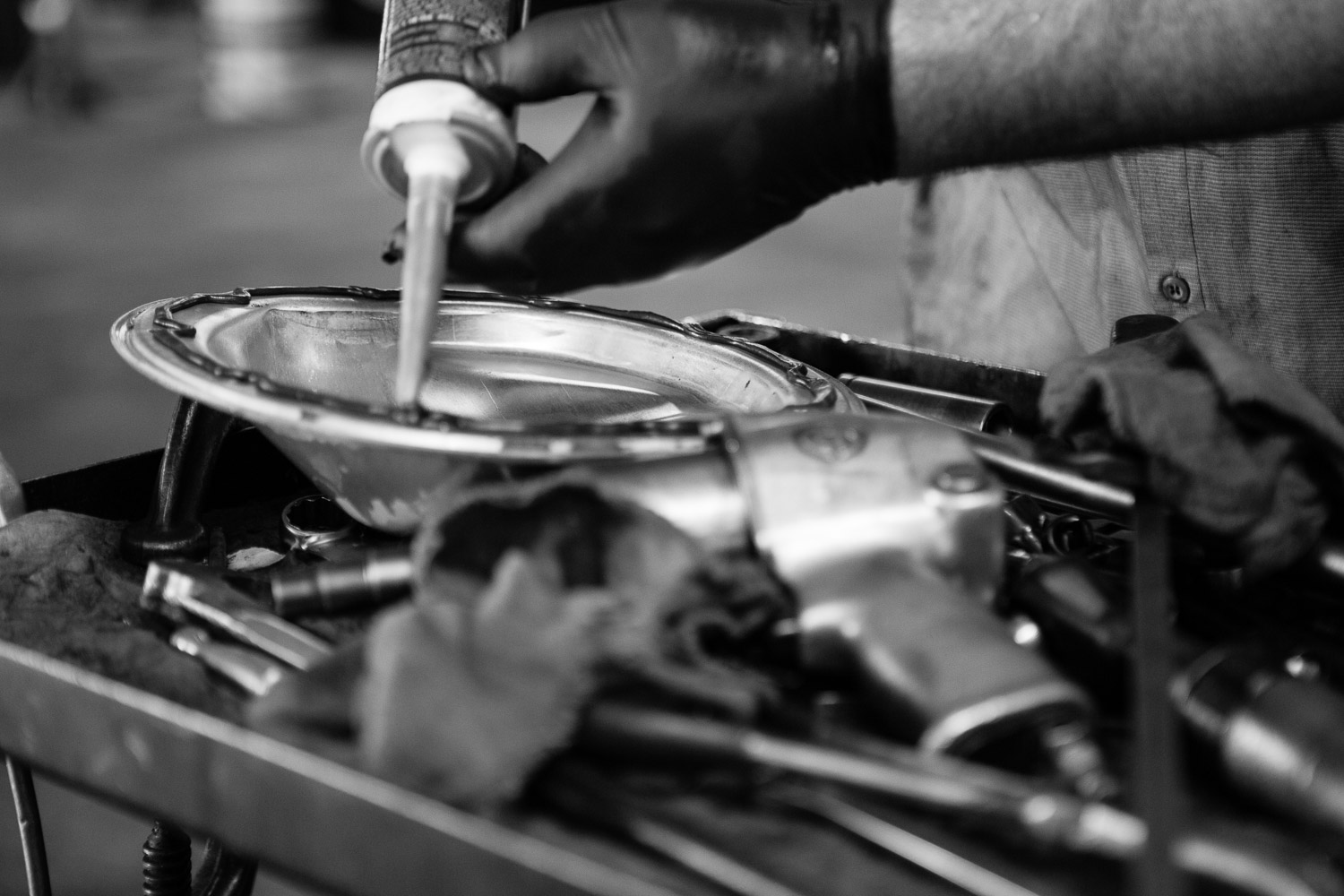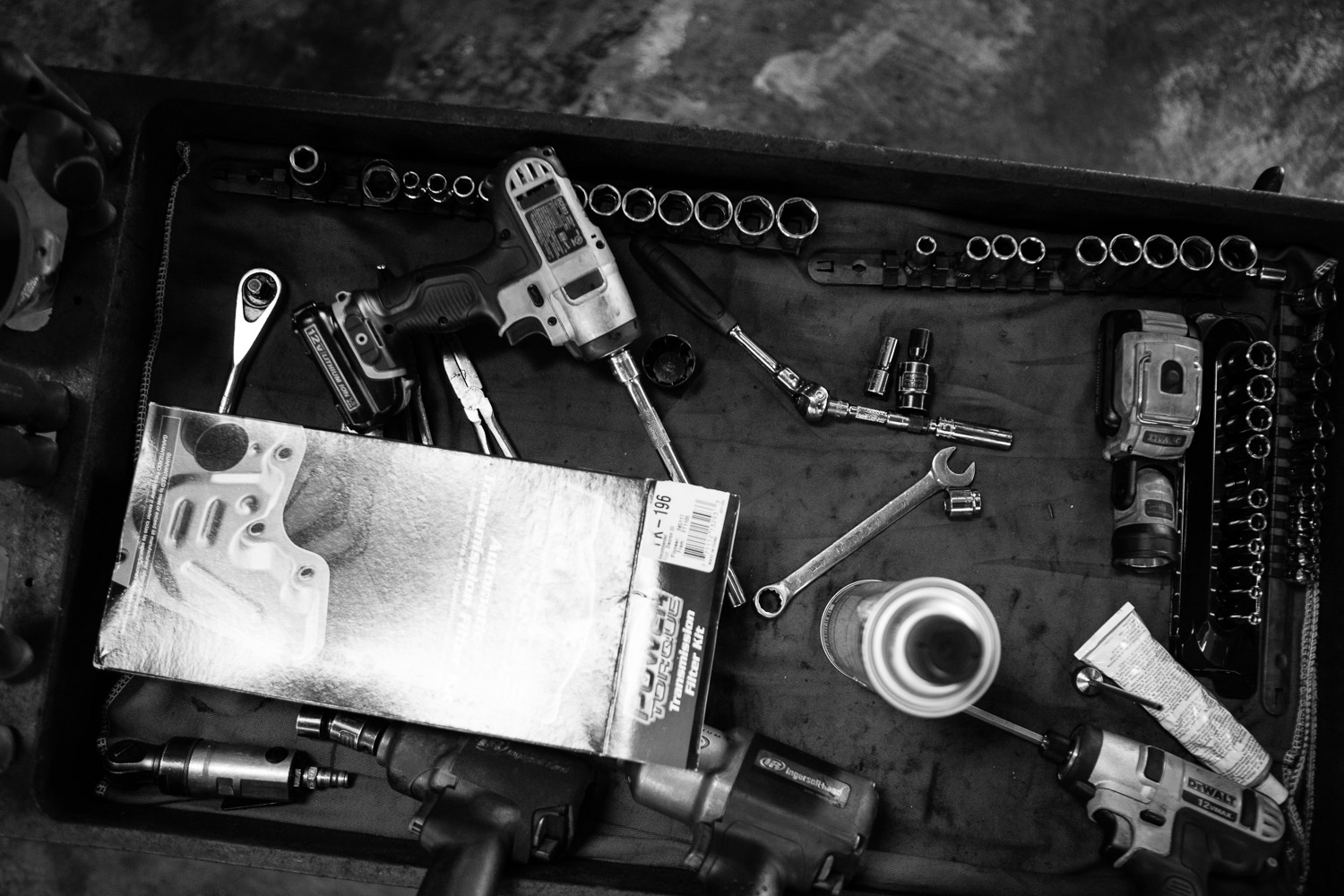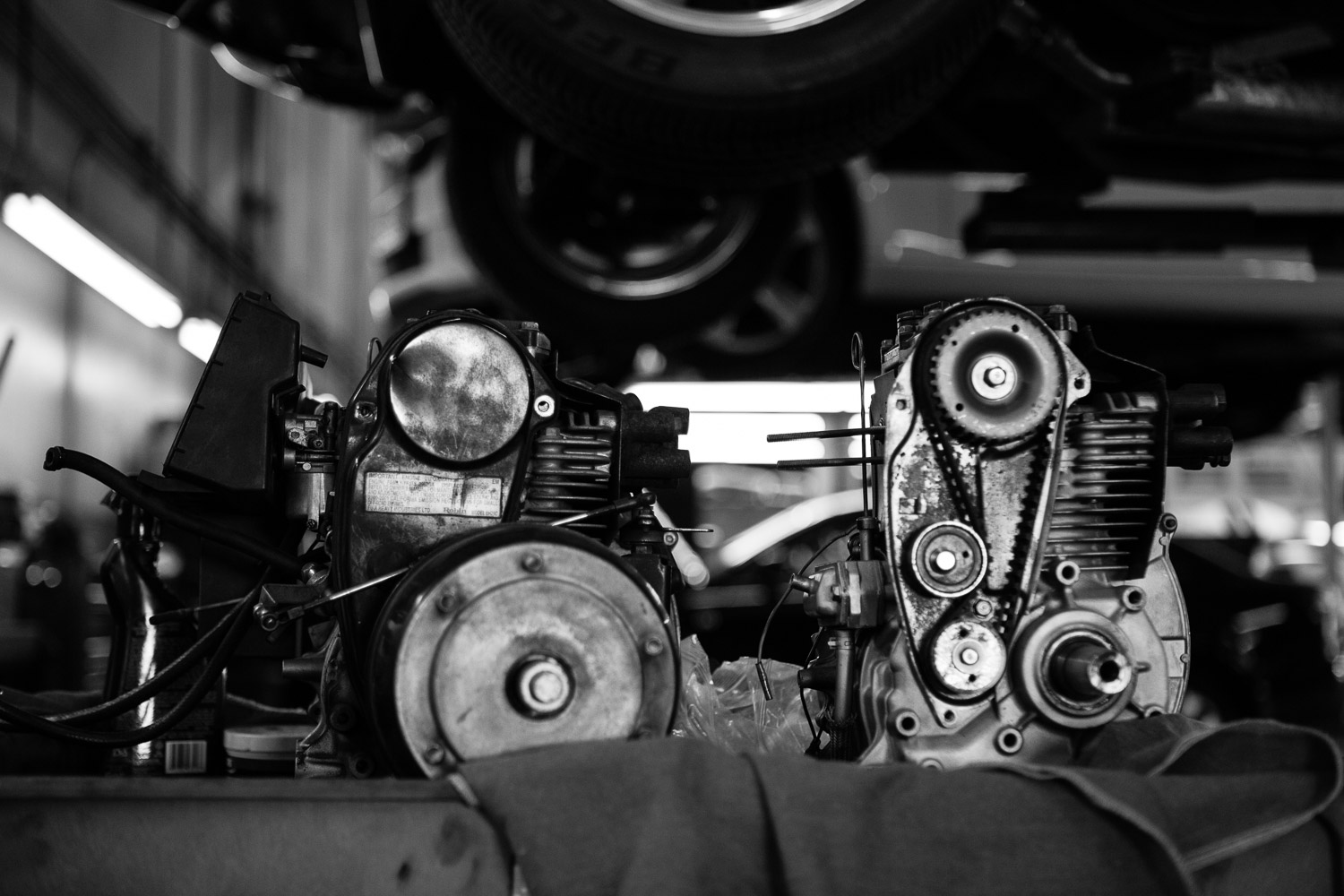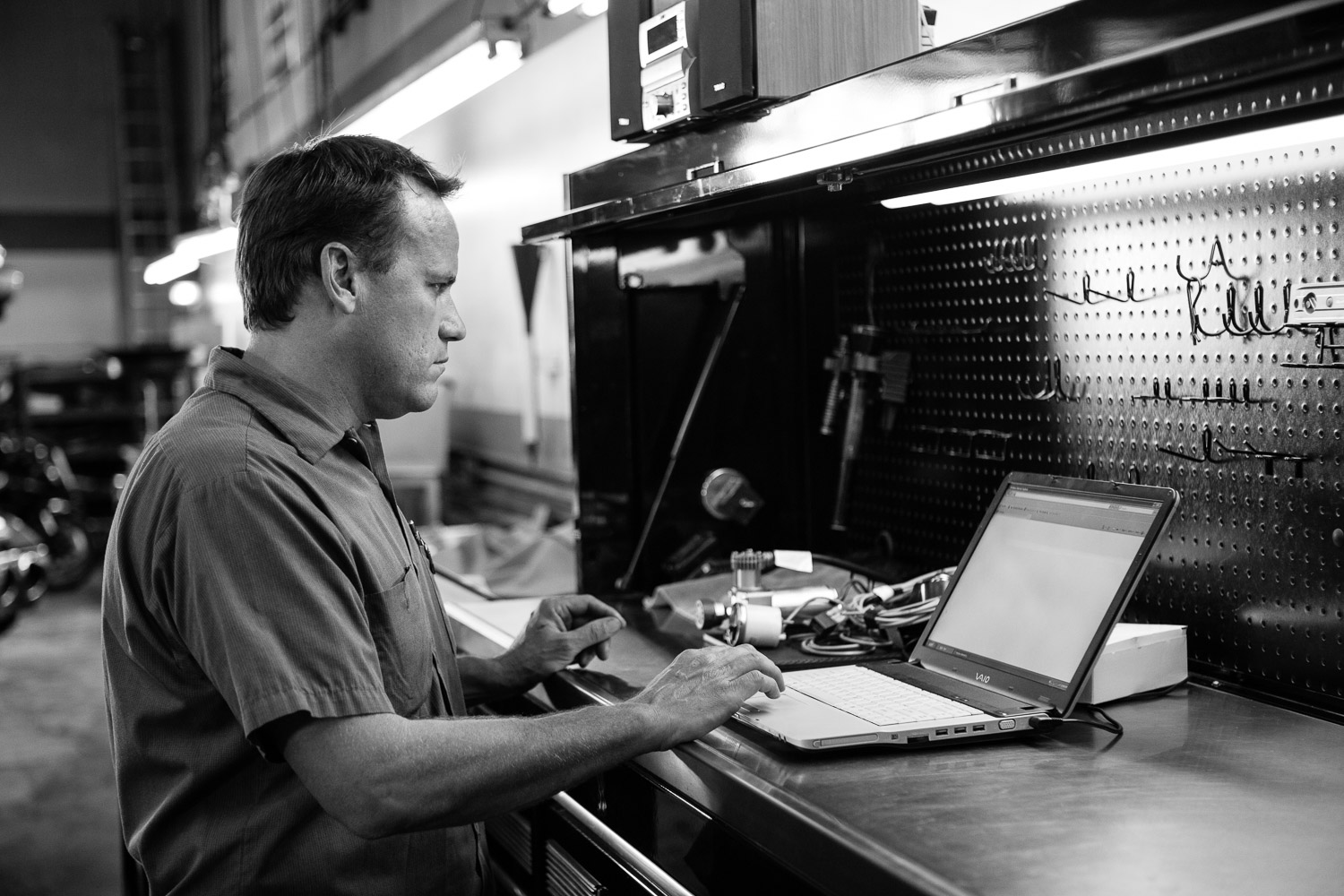As of this writing, this site is hosted by Squarespace but I was previously on Wordpress with a Prophoto template. I’ll discuss the differences between the two and why I decided to switch.
Design Choices
WordPress offers some very basic designs but most likely you will want to find a template that enhances your site’s look and functionality. There are a seemingly endless supply of templates from free to cheap to not so cheap and also subscription based offerings. With all this choice also comes wasted time weeding through junk. I would definitely skip any free options since the template provider has no obligation to you. If your site should not work then you have no place to turn. Look for a template provider that looks like it’s in the business for the long haul and can provide top customer support. Prophoto templates were well implemented and had good customer support.
Squarespace has a limited choice of templates but they are all nicely designed and are easily customizable. You can take the tour of their design on their site which are organized by type such as restaurants, photographers, musicians and so on. If you see something close to your liking then it’s likely you can tweak it enough to achieve your desired design. Even though there is less choice, at least you know every choice will work. You won’t waste time weeding through a load of junk.
With either Squarespace or WordPress you can always hire a web designer to help you build your site if you need something very custom. If your site requires very specific design and features then neither Squarespace or WordPress is the right choice.
Setting up your site
Getting your site up and running with Squarespace is very simple with a few caveats. Sqaurespace provides the hosting so you don’t need to find a separate hosting vendor. Squarespace will provide a custom domain name with the annual subscription but if you already have your domain name registered then you point your domain to your Squarespace site using domain mapping. Squarespace can provide a custom email through their integration with Google's G suite service. G suite is $5 per month per user including 30GB of Google Drive online storage. You can also migrate a current custom email address to G Suite if you desire. Alternately, your domain registrar might provide email or you can use a service such as Yahoo Business Email or Office 365. In short, Squarespace is easy to get started with if you are not already tied to a domain name and custom email address. If you already have a custom email address and domain name, you have a few options and technical hurdles to overcome.
Using WordPress and a custom template means you are likely dealing with three to four entities to manage your site. You will need your own hosting and custom domain name as well as your email address. This might be provided by one or three companies. WordPress is free and your hosting company will likely have simple instructions to install. Then you just need to install the custom template onto your WordPress site. This process isn’t terribly difficult but the problem becomes what to do when something is wrong and you’re not sure who is to blame. For example, if you site loads slow, is it your hosting, something wrong with your template, or possibly a rogue plugin?
Ease of use
This is where Squarespace and WordPress really part ways. I really can’t oversell how easy it is to design a site using Squarespace. In fact, ease of use is so obviously and clearly the main goal of Squarespace and it shows. Everything is clearly laid out and explained. Plus you can see the changes you make to your site as quickly as you make them. Squarespace help provides useful videos guiding you through the process.
WordPress is a Frankenstein nightmare. When you install a template with WordPress you will see the template and all it’s options. The problem now is that some of your content will be managed by the basic WordPress options and some by the template. For example, since I was using a photographers portfolio template I had the option to load a gallery of images via the templates gallery feature. However, images that went into blog post were added via the WordPress images library. All blog post are added via the basic WordPress editor but the look and style of the blog page is edited via the template. WordPress also has something called widgets which mostly add content to the sides of your design. Widgets are a part of the basic WordPress install but may be utilized by the template. I was always looking through all the editing options trying to find where to edit some part of my site before I remembered it was a widget. Fonts are not edited globally through your site so you will have to copy and paste styles from one area to the next. For example you can not easily set your headers and menu to the same color without a series of steps.
Plugins are another option in WordPress. Most seemed to geared toward improving your site’s SEO but their are also social network plugins, analytics, and really anything you can imagine. They of course come with yet more options.
I could go on but I’ll stop there as I think I’ve made my point. I suppose you could argue that WordPress is giving you the most options to build your site and get exactly what you want. In practice, I found this was not true because there are too many pieces of the puzzle to make it all fit. I wasted so much time trying to find a good template, then constantly trying to find where certain parts of the site were edited, and installing and deleting plugins. It’s just not worth it. Sure you could bump up against the limits of the Squarespace editor and it doesn’t offer any third party plugins but the loss of options can be freeing.
Security
I have no idea the security of Squarespace. I googled around and couldn’t find anything about Squrespace sites having malware, viruses, or any other security vulnerabilities. Unfortunately, I am intimately aware of WordPress security as my site was hacked and infected when it was on WordPress. To summarize, I was infected, lost Google traffic, then paid a service to have my site cleaned and monitored. I then deleted all my plugins. This is my experience and yet another reason I left WordPress.
Future proof
For the most part, once you get your site designed you will just have to add content as needed. There are however web standards that change like we’ve seen from mobile and high resolution displays and it’s important to keep up with these changes. I found that WordPress was very slow to provide solutions to changes on the web. For example, responsive design (a site will automatically change it’s layout to fit the screen) is becoming more popular as people are accessing the web on a growing number of screen sizes. Some WordPress templates have this feature but some do not. My template provider offered an outdated mobile design that I chose not to use. This forced me to use a font size that was too large for desktop displays so that it could be readable on mobile displays. Squarespace sites are all responsive designs and automatically vary the font size for the display. WordPress/custom templates were also slow to offer support for high density displays such as those found on current MacBook Pros. Squarespace had high density display support more than a year before my template service offered it as a paid upgrade. I’d recommend Squarespace over WordPress if you want to stay current with web technologies.
SEO
I confess the main reason I picked WordPress over any other website platform was that I understood it to have the best SEO, or search engine optimization. In short, this is howto optimize your site in order to have high Google rankings. Good SEO means more people will find your site. Now, I actually can’t tell you if WordPress actually does have the best SEO. I could compare my traffic before and after I switched to Squarespace but there are too many variables to make a fair comparison. In the end I switched to Squarespace because I felt I could spend more time improving my SEO by updating my site with more images and writing more instead of troubleshooting a WordPress site.
Conclusion
In short, I prefer Squarespace over Wordpress because it is far easier to use and design a site.








